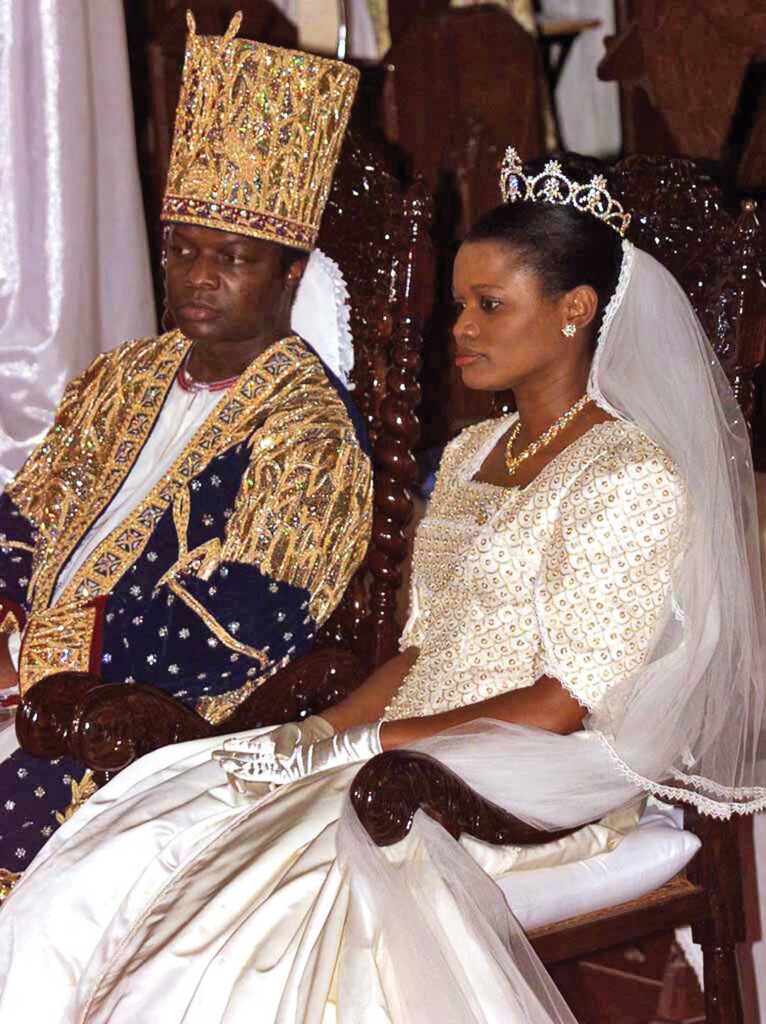ADF STAFF
Uganda’s five kingdoms date back hundreds of years and continue to play a role in the lives of people today. The largest and most powerful was the Kingdom of Buganda, which traces its beginnings to the 13th century, when it was formed by the Ganda people.
It was one of several small principalities along the northern shore of Lake Victoria. In time, the kabaka, or king, came to dominate the region. By the 19th century, Buganda was the largest, most powerful kingdom in the region, conquering neighboring territories thanks to its fleet of powerful war canoes. The kabaka shared his power, making the conquered chiefs his allies.
The explorer Henry Morton Stanley visited Buganda in 1875 and estimated that the kingdom had a population of 2 million. He observed that the kabaka commanded an army of 125,000 troops. At Buganda’s capital, Lubaga, Stanley found a busy city teeming with messengers running errands, tribal chiefs attending councils and foreigners seeking audiences with the rulers.
After unsuccessful attempts to stay independent of the British, Buganda became the center of the Uganda Protectorate in 1884. British officials named the protectorate Uganda, the Swahili term for Buganda.
Under British rule, many leaders of the kingdom acquired status as colonial administrators, and Buganda became a major producer of cotton and coffee.
Uganda’s path to independence began in March 1961, with elections to determine self-governance. Uganda became an independent nation in October 1962, but the concept of a strong central government was not adopted by everyone. Some wanted a more informal federation, with the local kingdoms still holding power. Buganda, the largest of the kingdoms, insisted on maintaining a separate political identity.
Uganda’s founding constitution gave federal status within the government to four traditional kingdoms, including Buganda. In 1963, Buganda’s King Mutesa II was elected to the mostly ceremonial post of president.
In 1966, Prime Minister Milton Obote sent troops to attack Mutesa’s palace, with Mutesa fleeing to Great Britain. Obote suspended the constitution and introduced a new one that abolished all the kingdoms and established a true presidency, which he assumed while continuing to hold the title of prime minister.
The following years were a time of uprisings and civil wars, ending with peace in 1986. The Buganda kingdom was restored in 1993, maintaining its mostly ceremonial role. Since the kingdom’s restoration, the kabaka has been Muwenda Mutebi II, the 36th kabaka of Buganda.
Today, the 14 million Baganda people make up about 27% of Uganda’s population. The Buganda Kingdom is formally known as Central Uganda and includes Kampala, the country’s capital.
Although the kingdom is mostly ceremonial, it has elaborate trappings. The kabaka runs his kingdom through his katikkiro, or executive prime minister, who has a cabinet composed of ministers. The Lukiiko is the parliament, working along with administrators from the 18 counties of the kingdom. The kabaka commands that the clan heads maintain the traditions and history of the Baganda people.
Those traditions include hospitality and friendliness.
“Buganda is the gateway to Uganda,” notes the official Buganda website. “When you come to see her varied beauty, you will be received with our famous hospitality. Well, maybe there will not be a troupe of traditional dancers to receive you at the airport, but you will be made to feel like there were.”

